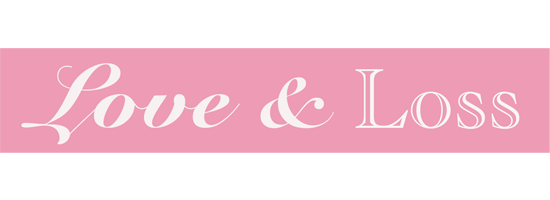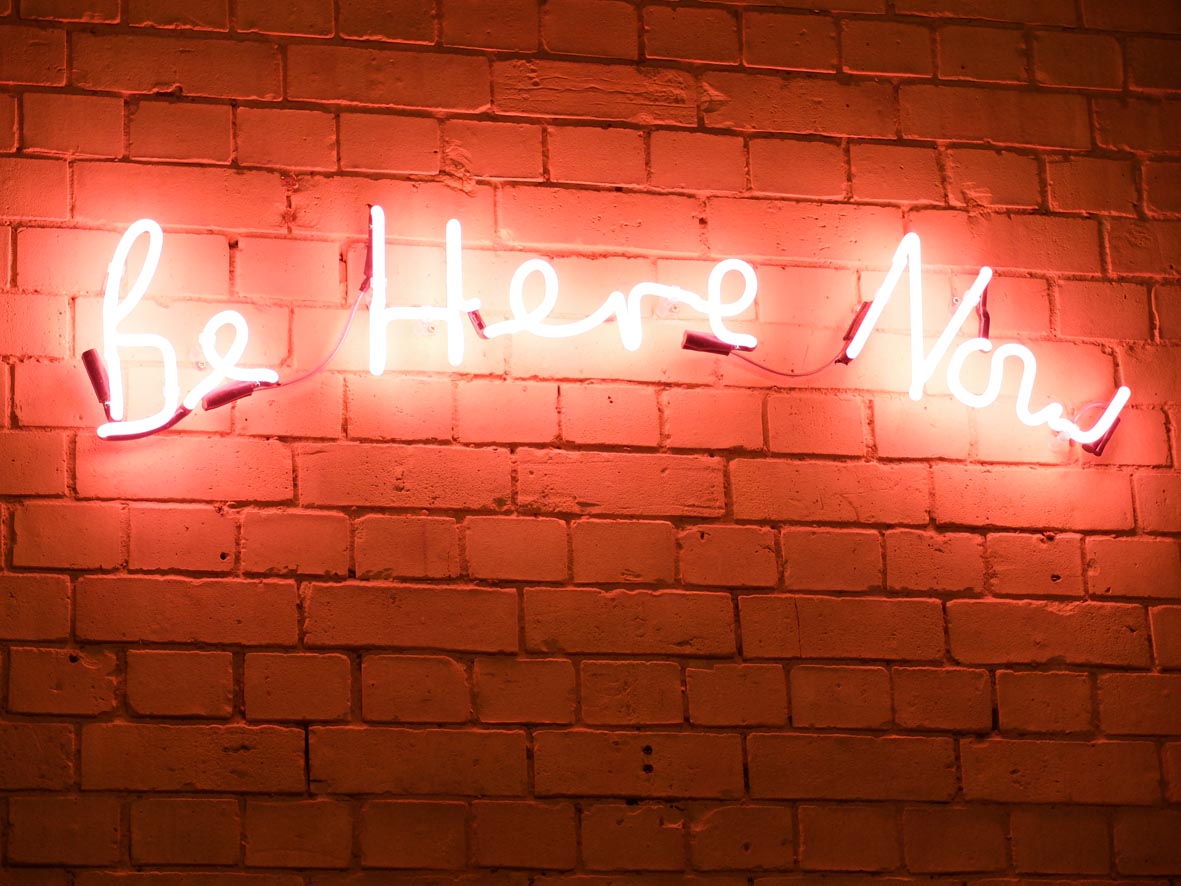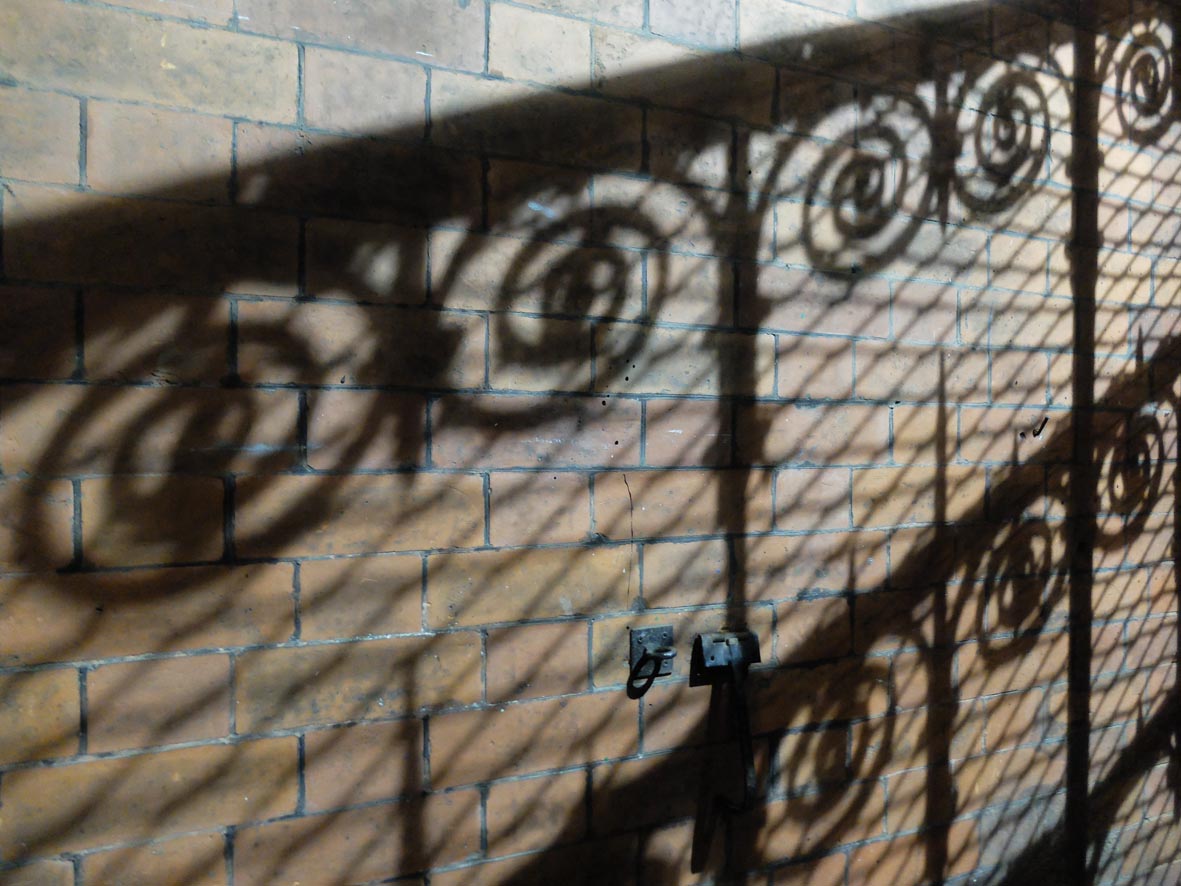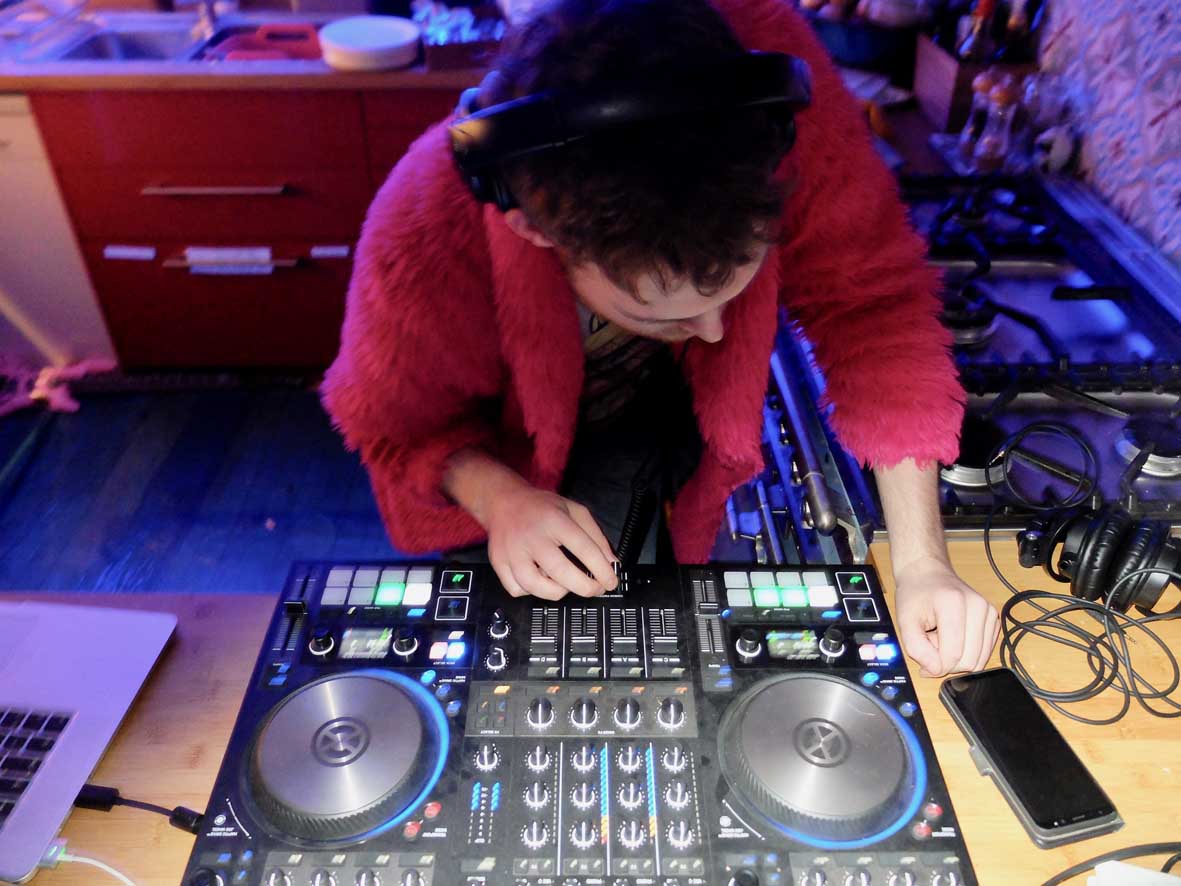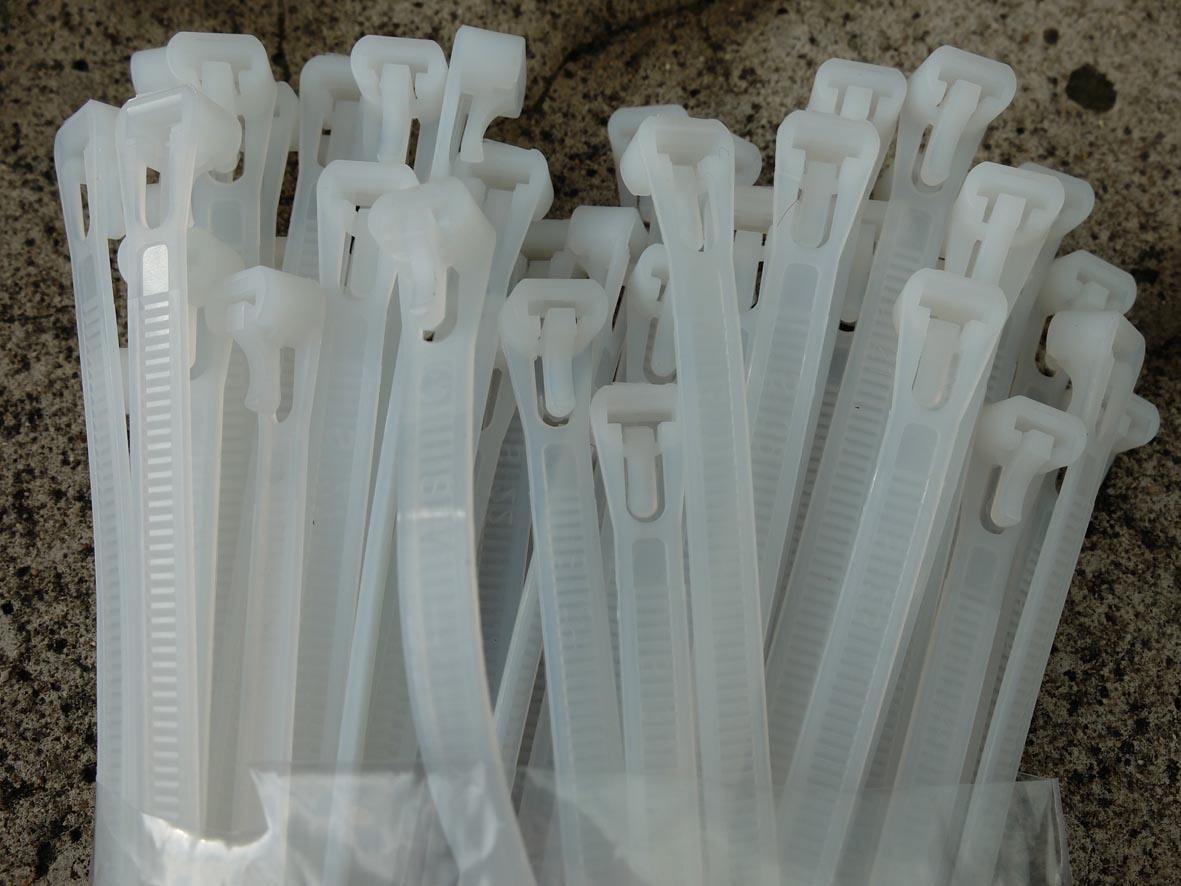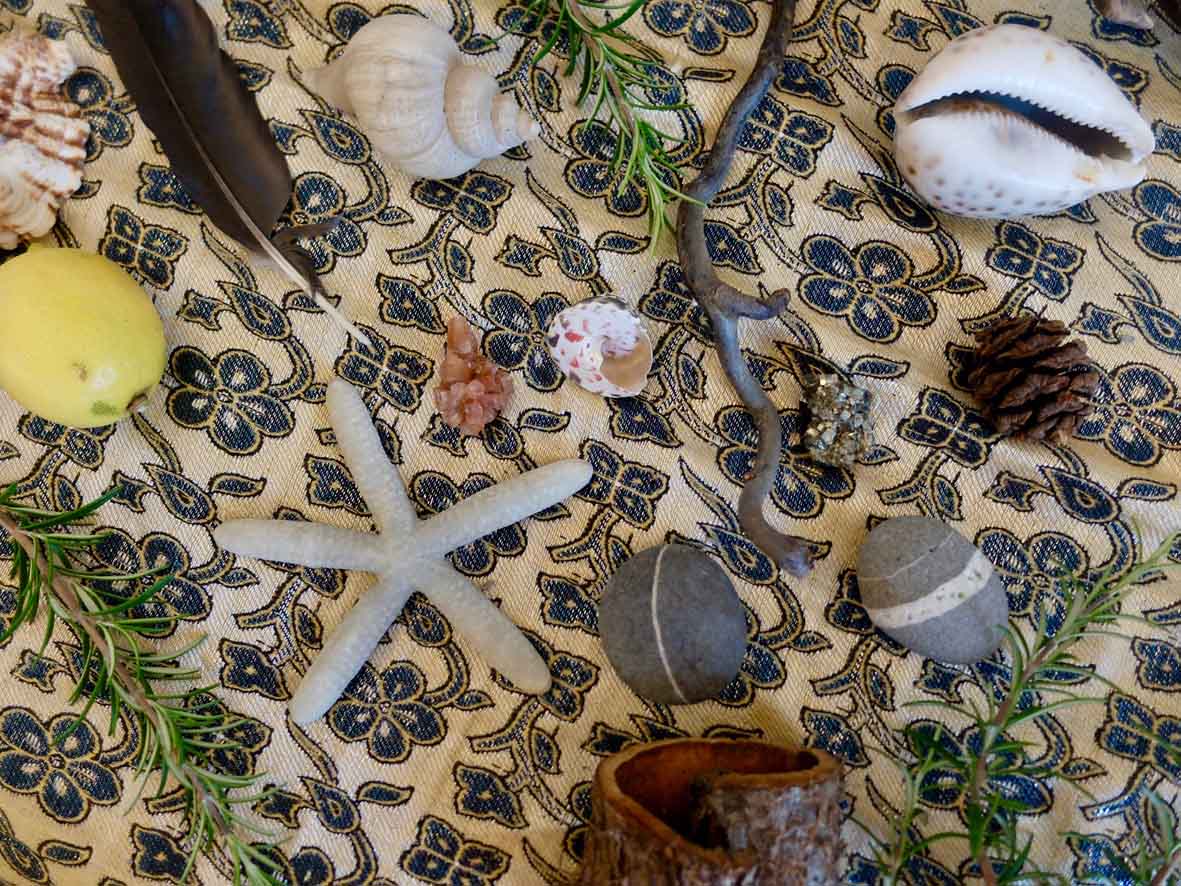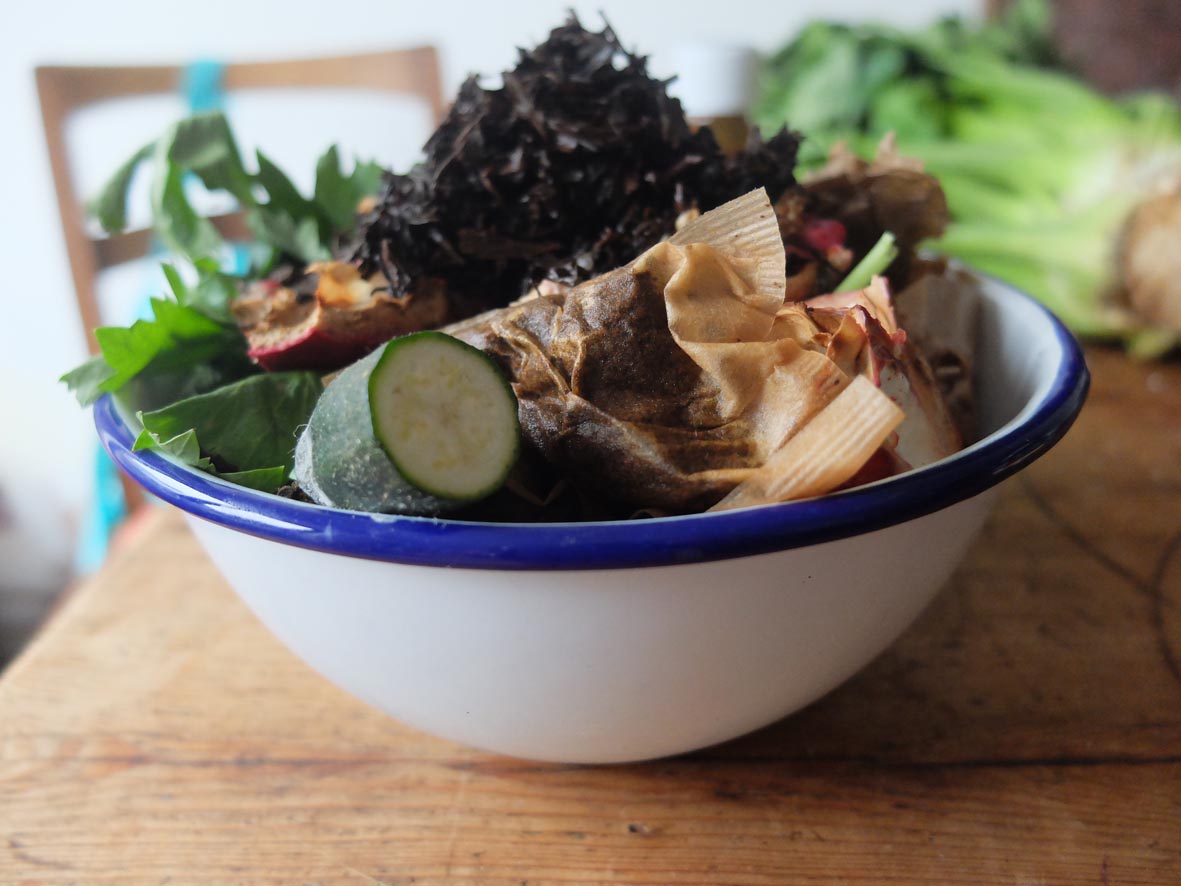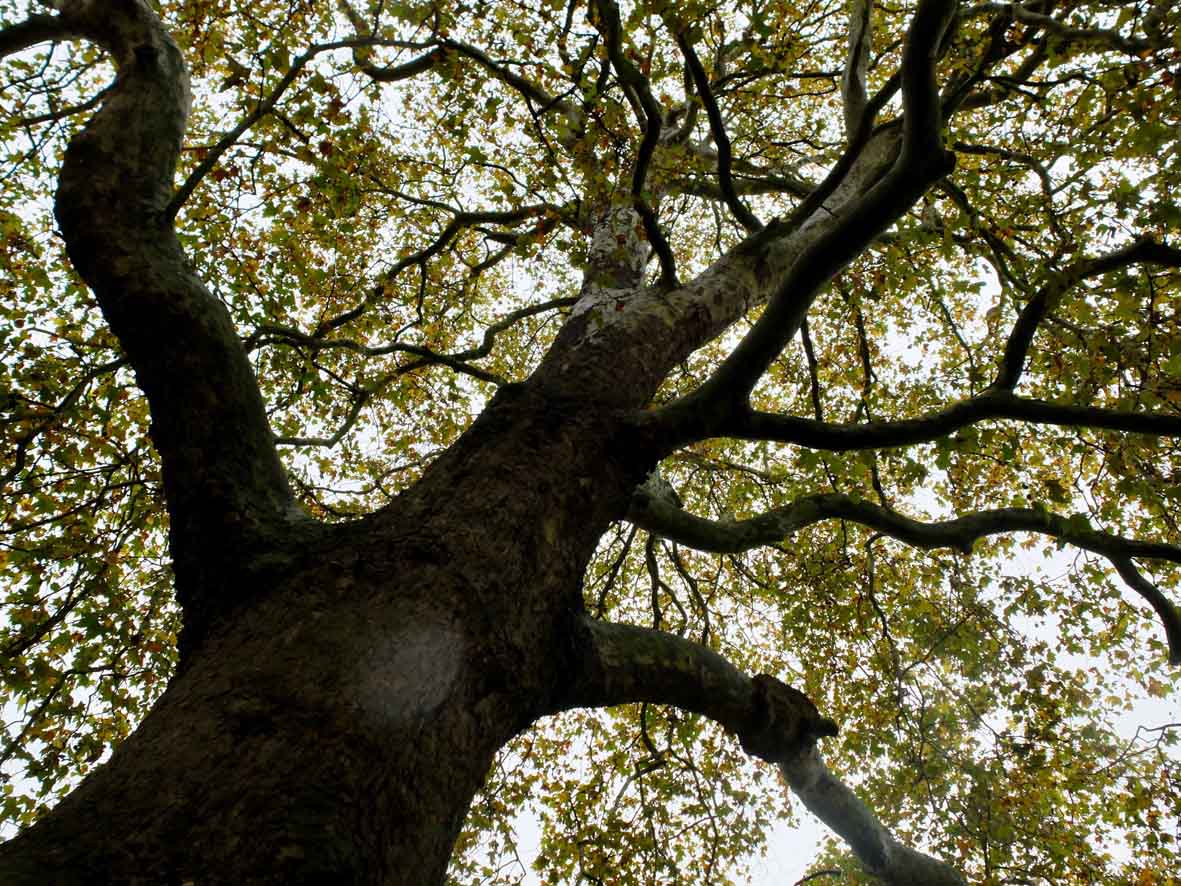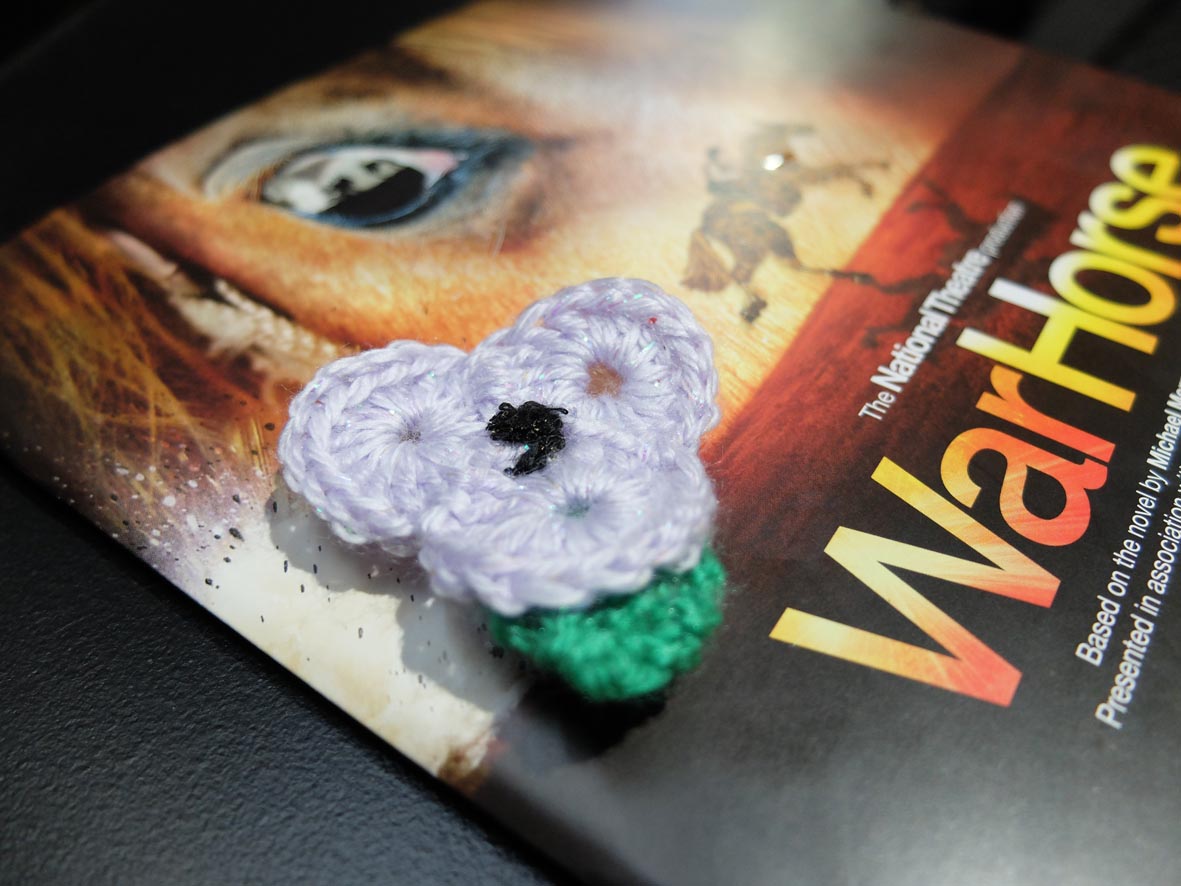21 Nov ‘Underland’
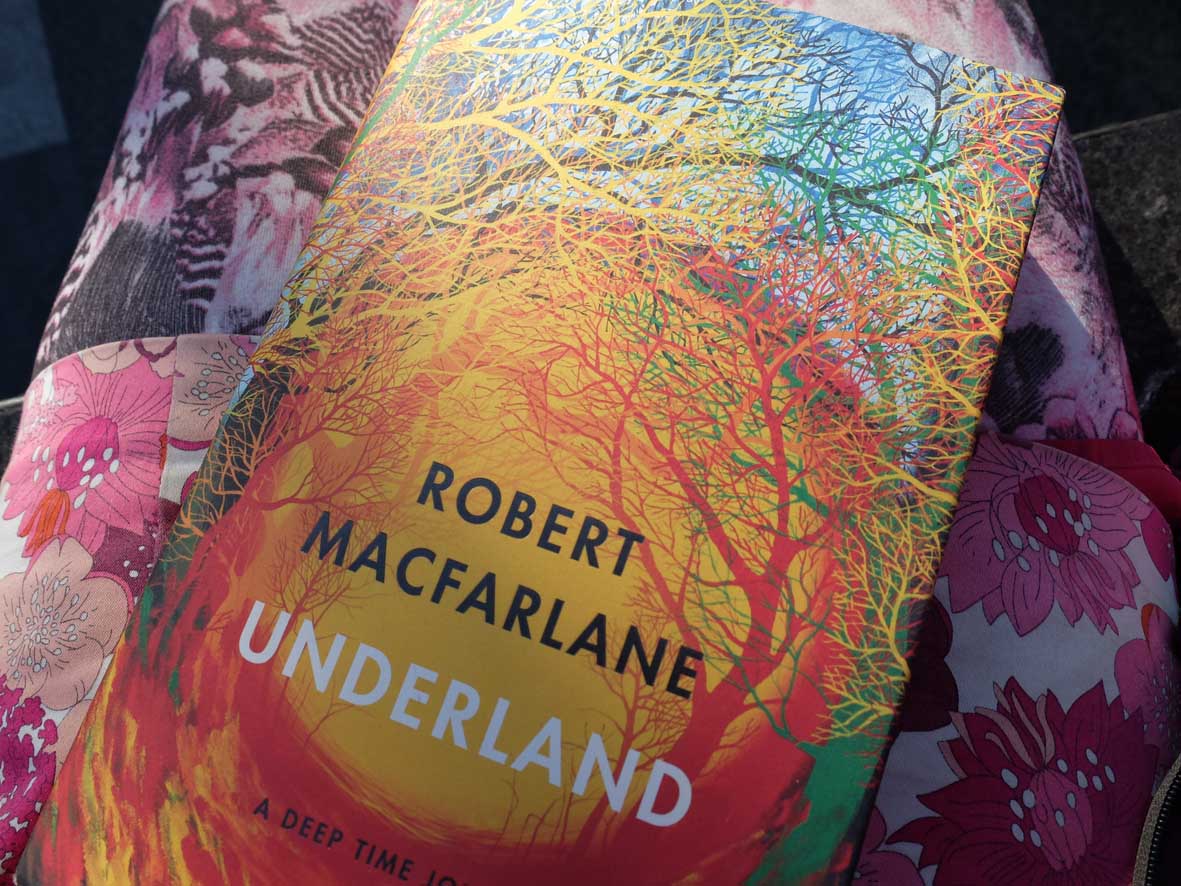 In ‘Underland’ Robert Macfarlane documents a series of journeys deep underground. In the physical routes taken – often dangerous, breath taking – we accompany him down into caves, mines, catacombs, burial sites (for both humans and nuclear waste), forests and glaciers. Exploring humankind’s different calls to go down, “the same three tasks recur across cultures and epochs: to shelter what is precious, to yield what is valuable, and to dispose of what is harmful.” Beyond the actual journeys of geography, geology and history, he takes us into a beautifully written telling of what lies beneath. “The underland’s difficulty of access has long made it a means of symbolising what cannot openly be said or seen: loss, grief…physical pain.” “In the Celtic tradition ‘thin places’ are those sites where the borders between worlds or epochs feel at their most fragile.” Walking in liminal spaces alongside him, I feel this deep time connection. His encounter with pre-historic cave art in Lofoten, Norway made me tingle. “The cave is a slip-rift, an entrance to darkness where time shifts, pauses, folds.” “Force yourself to see more deeply,” he encourages. Most hopeful for me is his telling of the under storey of the ‘wood wide web’. Hearing how trees ‘en-kiss’ to share nutrients, “the fungal networks that lace woodland soil, joining individual trees into intercommunicating trees,” I cried. ‘Underland’ is a poetic map of the mystery of underground spaces.
In ‘Underland’ Robert Macfarlane documents a series of journeys deep underground. In the physical routes taken – often dangerous, breath taking – we accompany him down into caves, mines, catacombs, burial sites (for both humans and nuclear waste), forests and glaciers. Exploring humankind’s different calls to go down, “the same three tasks recur across cultures and epochs: to shelter what is precious, to yield what is valuable, and to dispose of what is harmful.” Beyond the actual journeys of geography, geology and history, he takes us into a beautifully written telling of what lies beneath. “The underland’s difficulty of access has long made it a means of symbolising what cannot openly be said or seen: loss, grief…physical pain.” “In the Celtic tradition ‘thin places’ are those sites where the borders between worlds or epochs feel at their most fragile.” Walking in liminal spaces alongside him, I feel this deep time connection. His encounter with pre-historic cave art in Lofoten, Norway made me tingle. “The cave is a slip-rift, an entrance to darkness where time shifts, pauses, folds.” “Force yourself to see more deeply,” he encourages. Most hopeful for me is his telling of the under storey of the ‘wood wide web’. Hearing how trees ‘en-kiss’ to share nutrients, “the fungal networks that lace woodland soil, joining individual trees into intercommunicating trees,” I cried. ‘Underland’ is a poetic map of the mystery of underground spaces.
